Make Worksheets: Dice for Better Number Sense
Author: Tanja Damhof
Webshop owner and mother
Numbers, figures and quantities are often an abstract concept for young students. In order to give them insight into this, it is essential that they are regularly exposed to tangible material. This enables them to imagine a quantity with their eyes closed and to understand the meaning of a number before they can handle it.
From Dice Images to Numbers: A Fundamental Skill
A crucial skill in primary education is the ability to recognise number images up to 6, such as dice, and the ability to convert them into digits. The dots on a dice can be counted individually, and eventually this process will become automatic, allowing them to directly associate the corresponding digit. This requires repeated practice in a variety of ways, including forming, reading and visualising numbers.
Learning Fun in Group 3: Learning Numbers through Play
A fun and effective way to practice this is in group 3. The numbers 1-6 are depicted on specially designed assignment cards, deliberately without unnecessary decorations to maintain focus. Print the worksheet in color, cut it into rectangles and laminate them. You now have beautiful assignment cards for the math lesson of young children.
The challenge is to build towers using colored dice, provided with dice images, that correspond to the numbers on the cards.

For young children, you can start with 4 dice. Also offer a blank card for your own assignments. 

Beyond Cognition: Agility and Motor Skills
This task requires not only cognitive skills, but also dexterity and patience in building the tower. It also promotes fine motor finger dexterity. The foam dice are light and rough, which makes building the tower itself easy, but proper force regulation and precise placement are necessary to prevent shifting.
The Importance of Executive Functions
In this activity, executive functions play an important role, such as sustained attention to complete the task. Task initiation can also be practiced through play, which contributes to efficiency, time management and the ability to achieve goals.
If it doesn't work right away, emotional regulation is a point of attention.
Game variant 1: Cooperation
For a playful twist, two children can play the game together. One gets the assignment card and reads out which color die to choose and which number goes with it. The other then builds the tower, die by die, based solely on the verbal assignment. They check together whether the tower is correct and then switch roles. This promotes cooperation, vocabulary and instruction comprehension.
This game variant is derived from the game 'Find Monty'
Game variant 2: Memory training
Another variation is to study the card well first, then turn it over and build the tower from memory. Then self-check to see if everything is remembered correctly.
A more active variation of this approach is to attach the card under the table top. This requires the child to first make an imaginary deep-sea dive to study the assignment card under the table, and then come up again and stack the dice correctly. Learning in a playful way with movement promotes both development and fun.
In this way, the assignment cards can also serve as part of a code game in an escape room setting.
Versatile Dice in Primary Education
All in all, these dice are versatile learning tools, and in combination with the assignment cards, they can also be used effectively in corner work or in math lessons. In addition, the silent foam dice are a blessing, because they do not disturb other children, even when playing and practicing a lot.
These dice are also good for math lessons in combination with a 10x10 hundredth field pop it. Curious about this pop it?
Or how about combining it with the game Marbelino? Stringing colored marbles with the dice.












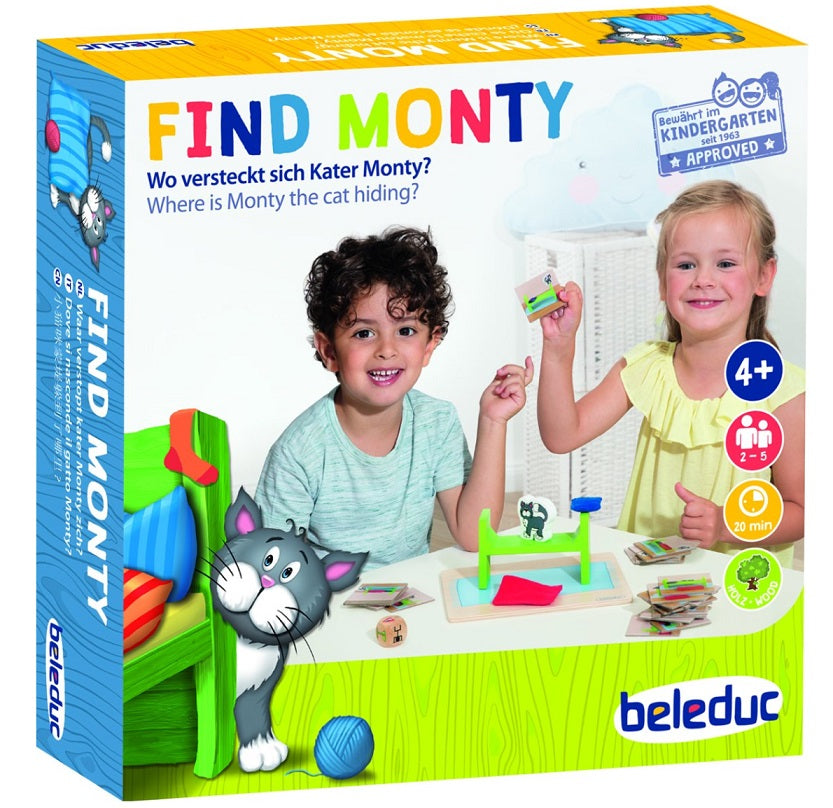


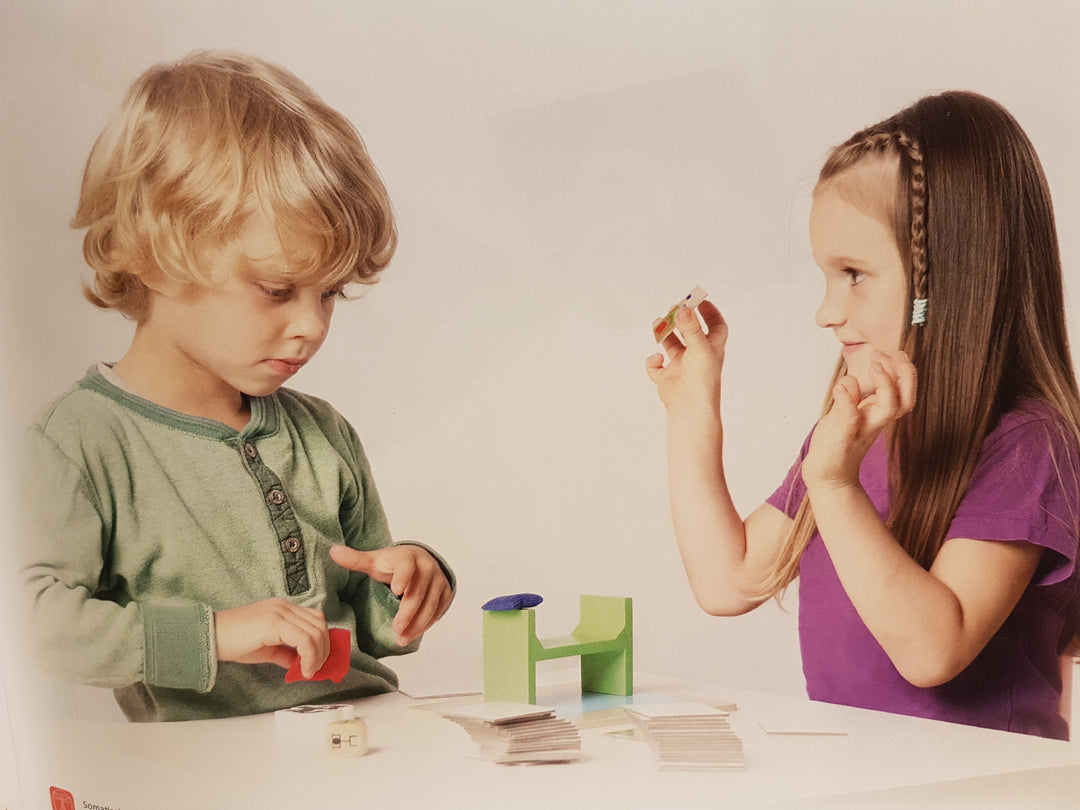
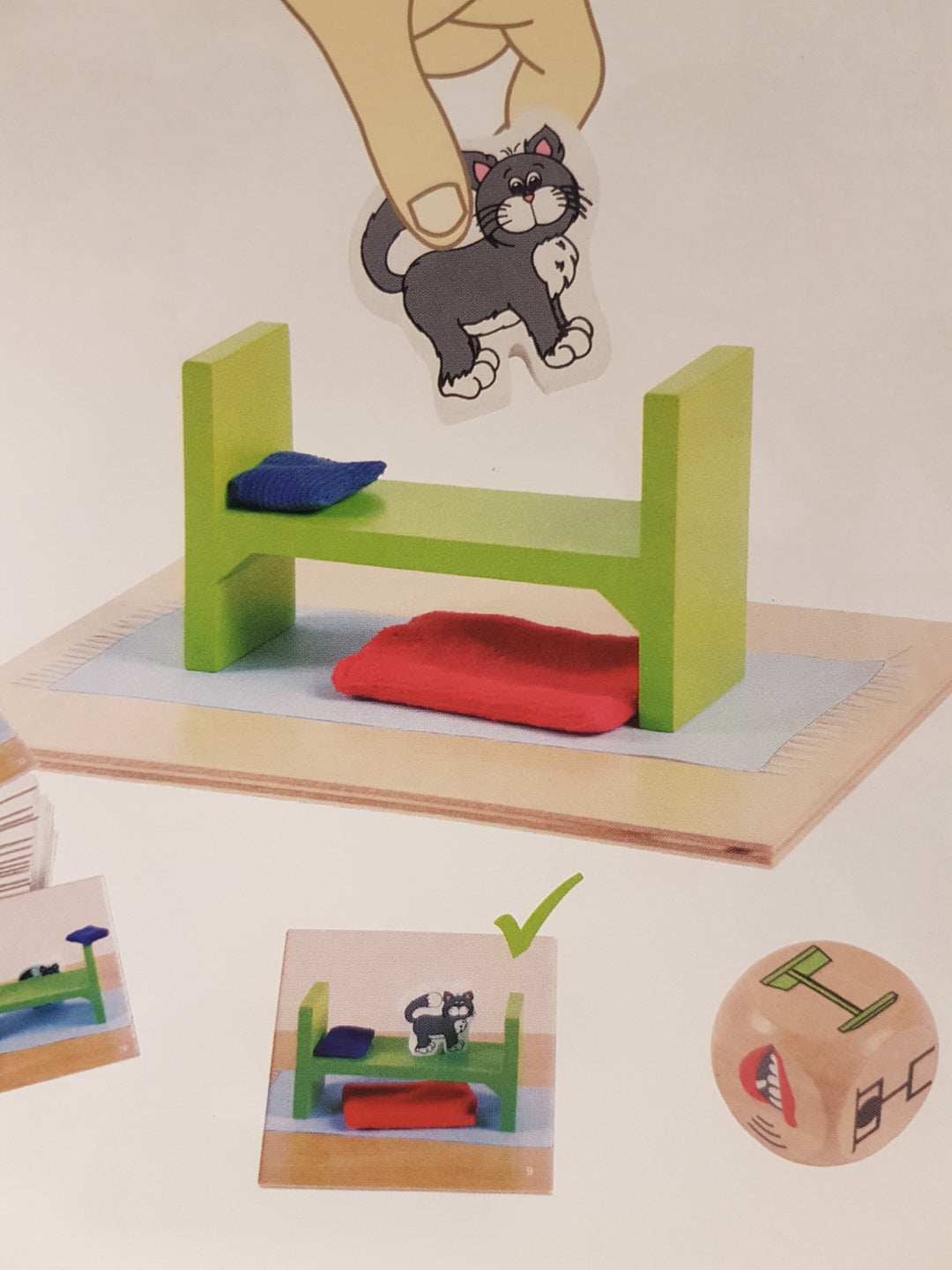
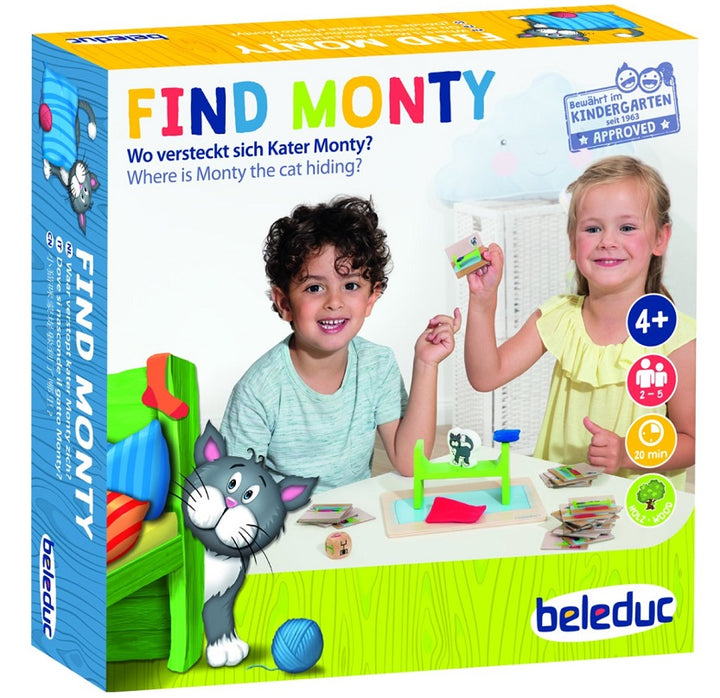


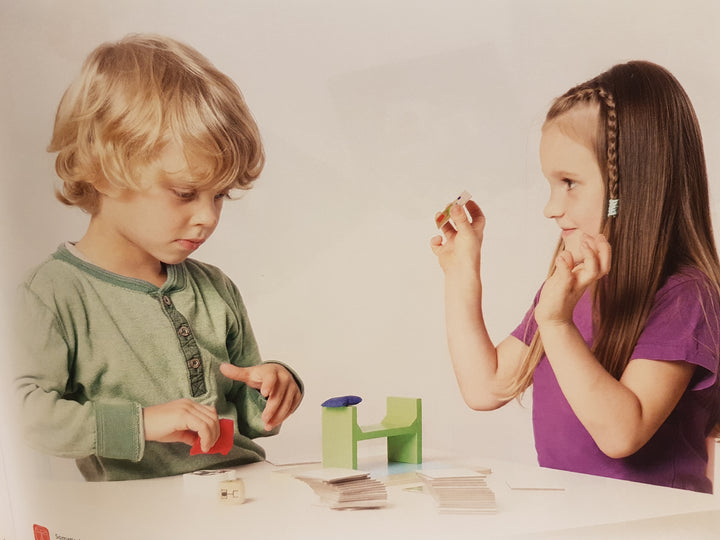
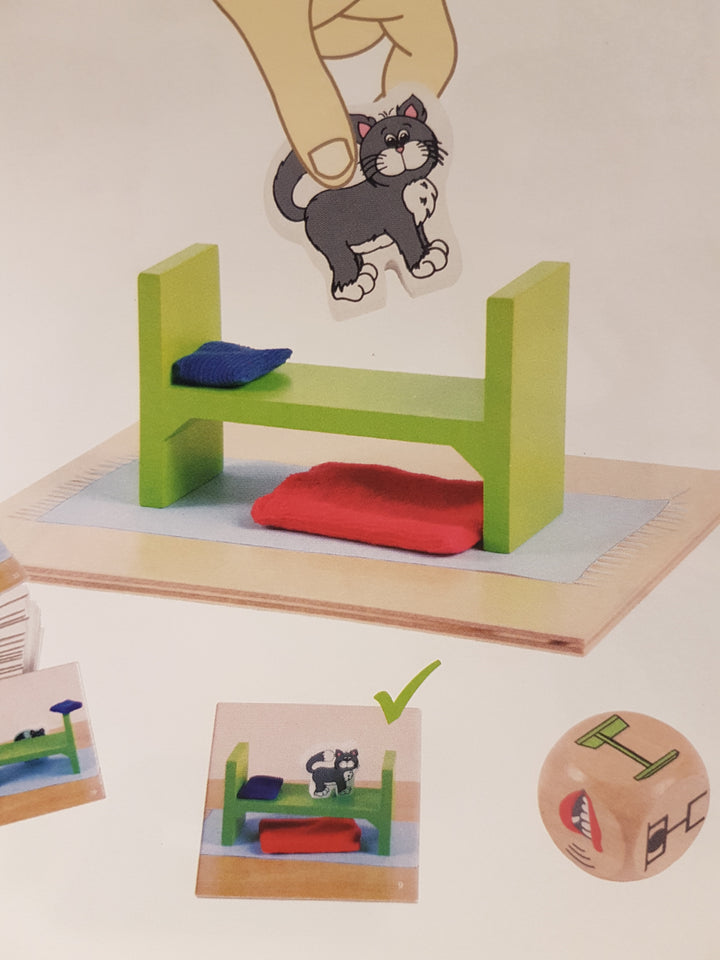
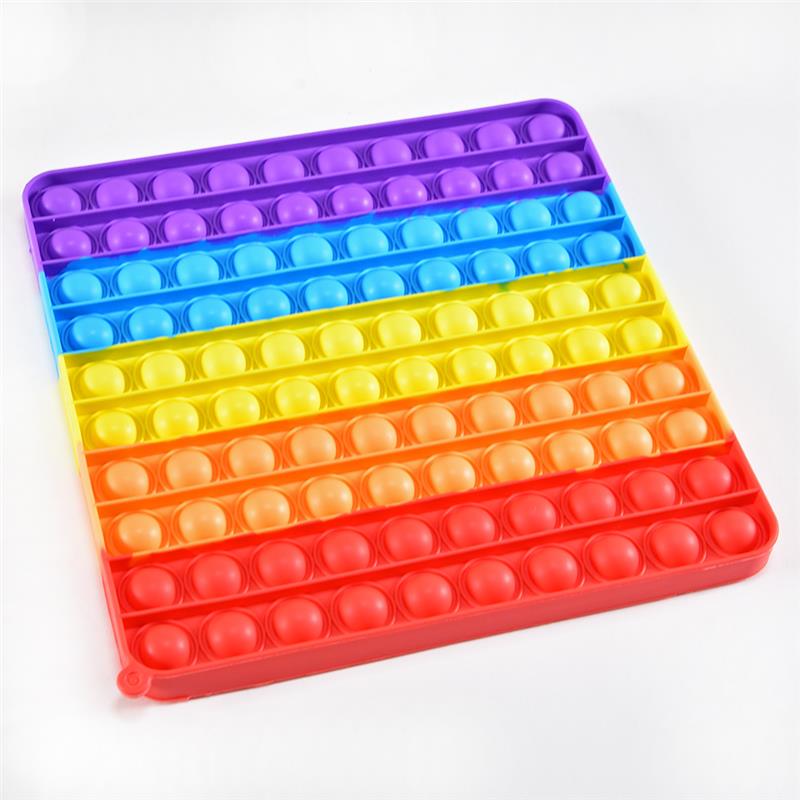




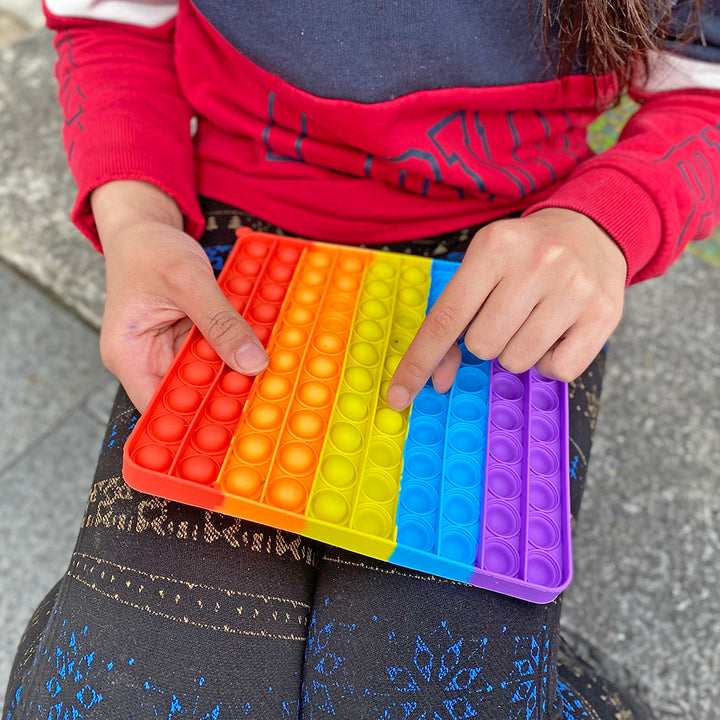

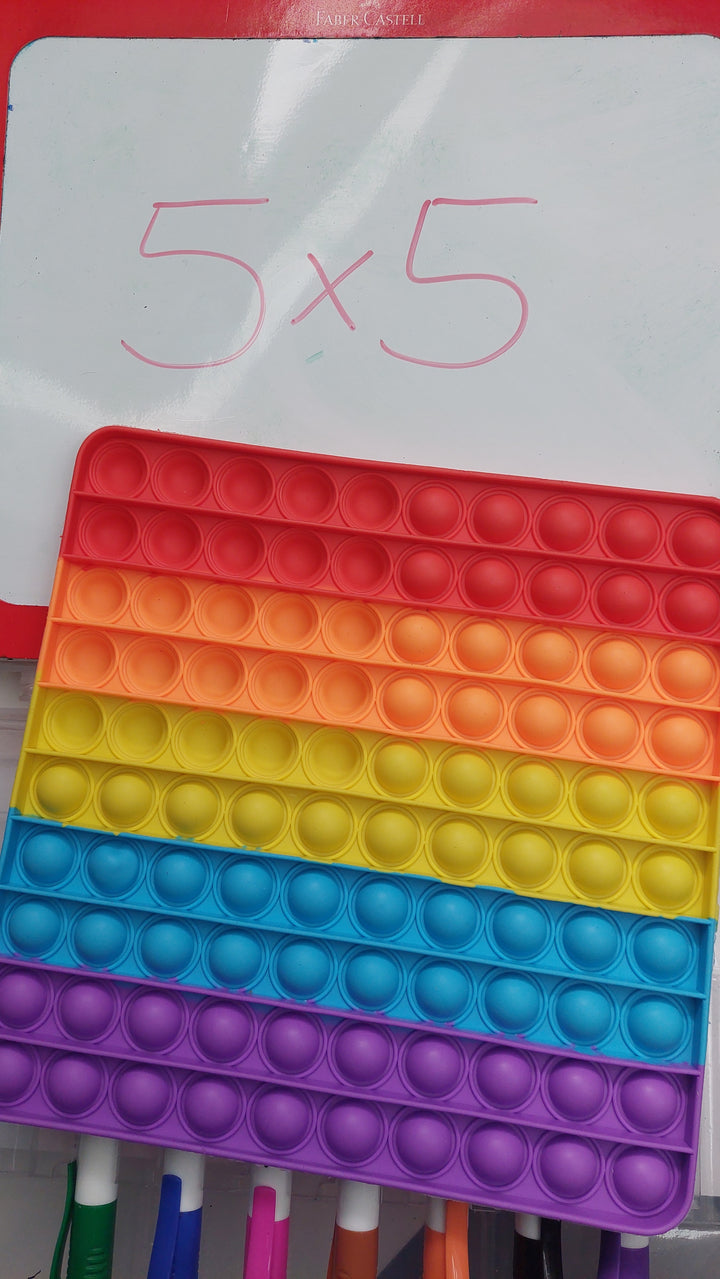

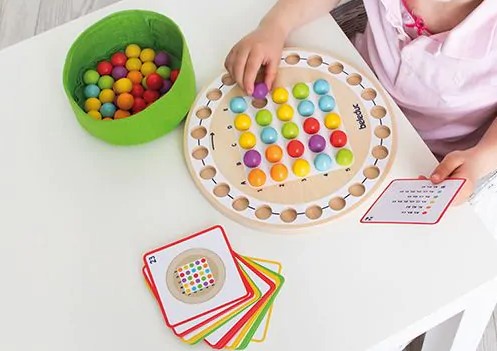


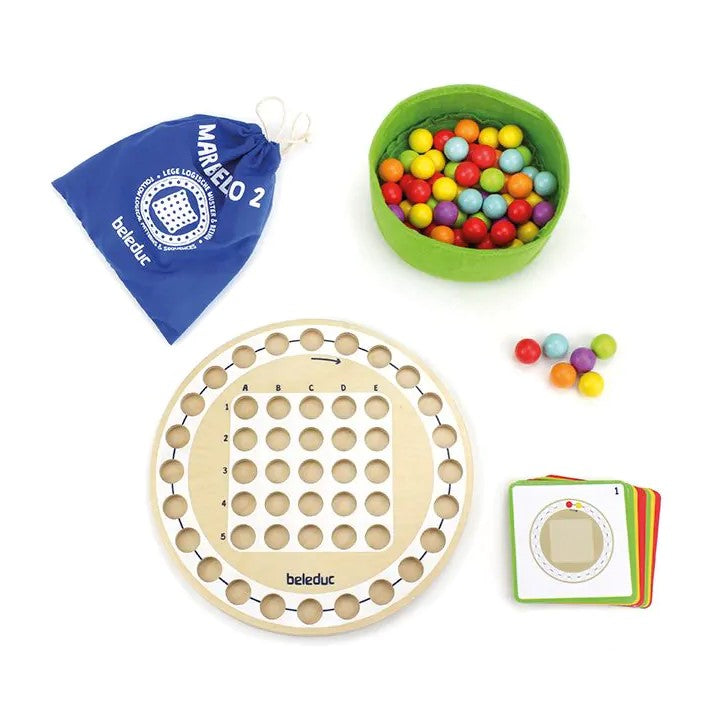


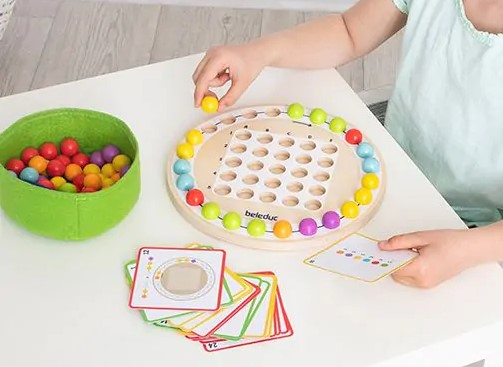
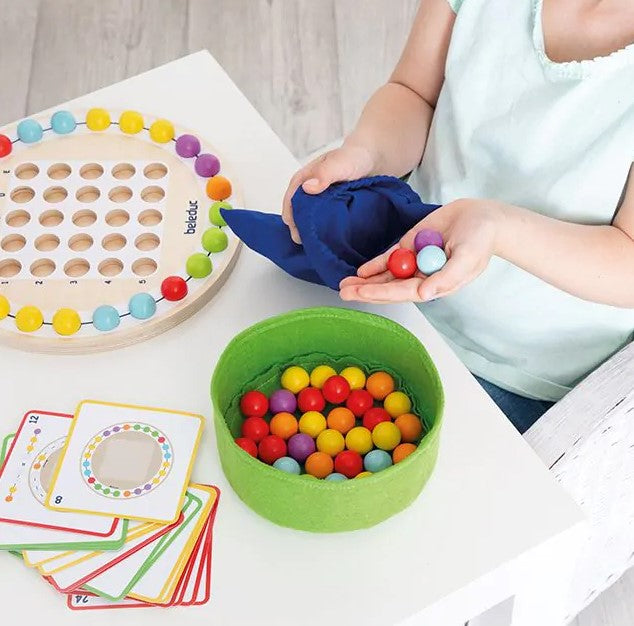
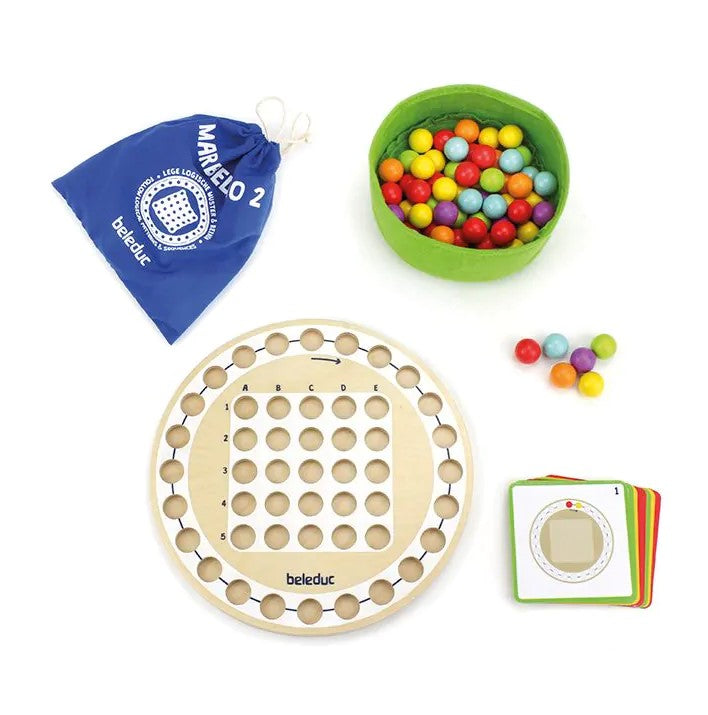

Leave a comment